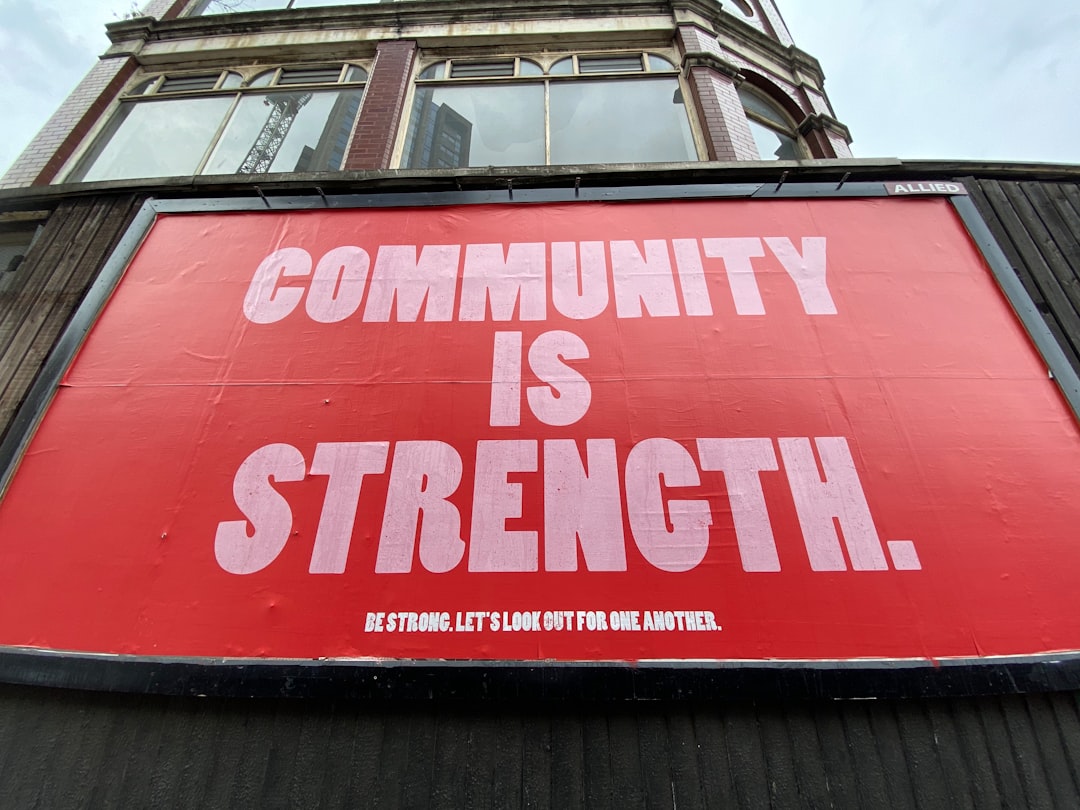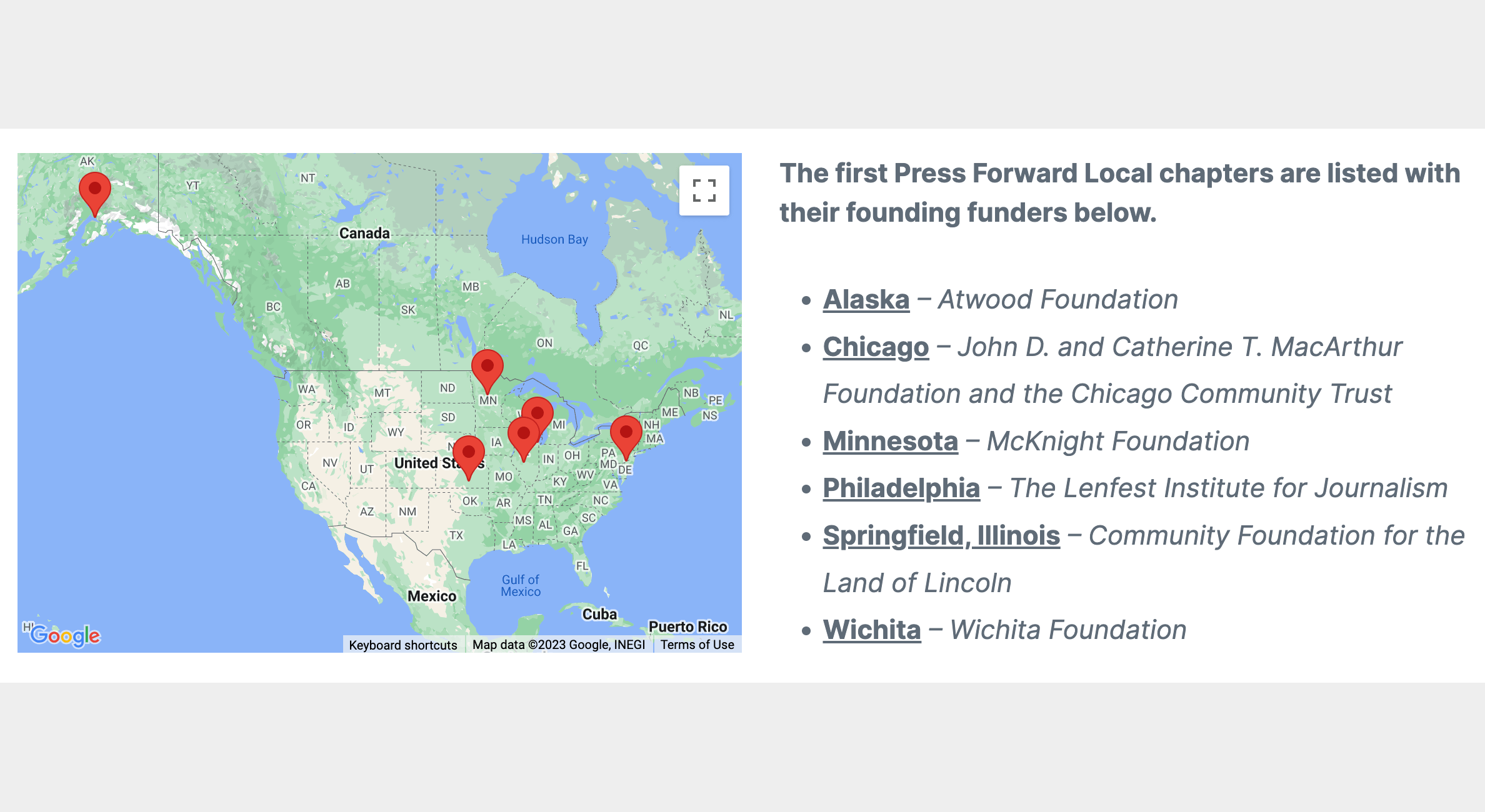- Digital Media Products, Strategy and Innovation by Kevin Anderson
- Posts
- Elle UK's community strategy creates premium subscription product
Elle UK's community strategy creates premium subscription product
The Verge credits its redesign with boosting loyal audiences even audience size dropped

Community is a resurgence in terms of media. Whether it’s membership schemes or other strategies that include experiences, media outlets including Hearst and DC Thomson are both announcing their pivot to community. From a business standpoint, it makes a lot of sense because the community plays often include premium tiers that allow publishers to increase ARPU. That is definitely the case with Elle UK in which their membership scheme is £110 more than the basic subscription.
But I understand the repacking of media as a community play. I think that a sense of belonging is one of the things in short supply following the pandemic. People are hungry for social experiences and a sense of connection.
Essentially we are giving them access to the daily joys that we experience every day as an Elle editor. They are getting the opportunity to experience what we do every day. So we try the beauty products first, we go into the exhibitions, we go see the films, we go on the trips, we have these amazing opportunities to engage with thought leaders, women who are driving the discussions that are dominating our group chats, women who are sitting at the centre of fashion, beauty and culture.
One of the major themes in media over the past year has been the collapse in traffic from social media to publishers’ properties. The Verge conducted a rather radical redesign in part to lure more audiences directly to their site as traffic from Twitter dried up. The Verge has seen readership increase by 15% in part because of a dramatic, 62% rise in its loyal readership. This article is thing on details, but the tech publisher has been to convert casual readers into more loyal audience members.
Product management is first and foremost a coordinating function. Product managers work across organisations to bring stakeholders into alignment from editorial, commercial and technical teams. Communication is key, and as I found in my master’s degree, product managers are able to translate across these teams.
First, major foundations in the US announced a huge half billion dollar fund to try to address the crisis in local journalism there. They always said that this was a down payment that they hoped would act like seed money for more investment. And now, they have made that goal explicit.
Creators on social media are finding success in providing news on social media. Their followers find their recommendations more relevant than traditional media.
Apart from triple digital growth from Ilife Media’s Kent Online, Reach’s network of ‘live’ regional news website dominated the top 10. Reach’s large sites such as the Manchester Evening News, Birmingham Live and the Liverpool Echo stood at the top of the list. However, not all of the news was good for Reach. If its 31 titles, all but seven lost audience.
By distributing new shows through existing feeds, it helps leverage existing show followings to give new offerings a boost.
Maybe this is my adverse reaction to Natty Geo laying off all of its writers, but this feels like a strategy from the Platform Era. Followers and social media impressions are one thing, but as we have seen, that doesn’t necessarily translate into revenue and sustainable media businesses.






